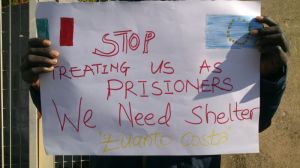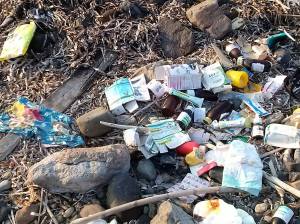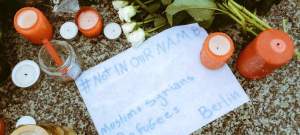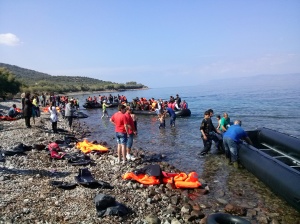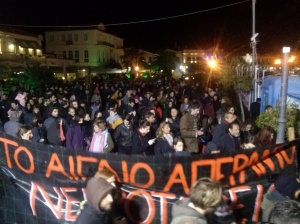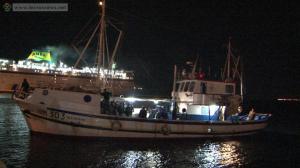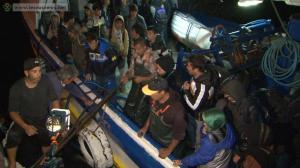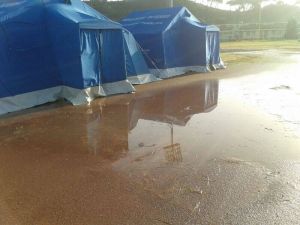Italy and Greece are the first two Members States where the Hotspot approach is currently being implemented. Other Member States can also benefit from the Hotspot approach upon request. In Italy, the regional headquarters in Catania (Sicily) is coordinating the work in four ports which have been identified as Hotspots, namely Pozzallo, Porto Empedocle and Trapani in Sicily and Lampedusa. In each of these Hotspots, first reception facilities are in place with a capacity for receiving approximately 1 500 persons1 for the purpose of identification, registration and fingerprinting. Two more reception facilities will be ready in Augusta and Taranto2 by the end of 2015. The implementation of the Hotspot approach in Greece is being modelled on the work done so far in Italy. A headquarter Hotspot in Piraeus will be established where asylum seekers will be received from different arrival points.
The Hotspot approach is triggered upon the request of a Member State.
Operational support provided in Hotspots will include:
Registration and Screening
Following screening persons are distinguished between:
a) Persons who wish to apply for asylum (Actors: national authorities with the support of EASO)
b) Persons who can be returned immediately (Actors: national competent authority with the support of Frontex)
c) Persons with regard to whom the situation may remain doubtful (Actor: national authorities).
Debriefing of migrants (supported by Frontex)
Stepping up investigations, information and intelligence exchange
Asylum Support
Coordination of the return of migrants that do not have the right to stay in the EU legally
Interpretation to facilitate the work of the experts in relation to all the above
Our Comment: The Hotspot approach creates ‘states of exception’ within European states and fosters a culture of exclusion, detention and deportability. Documents make a reference to the protection of minors and other vulnerable categories but there is no specific plan in place as to how protective measures will be implemented in practice.

